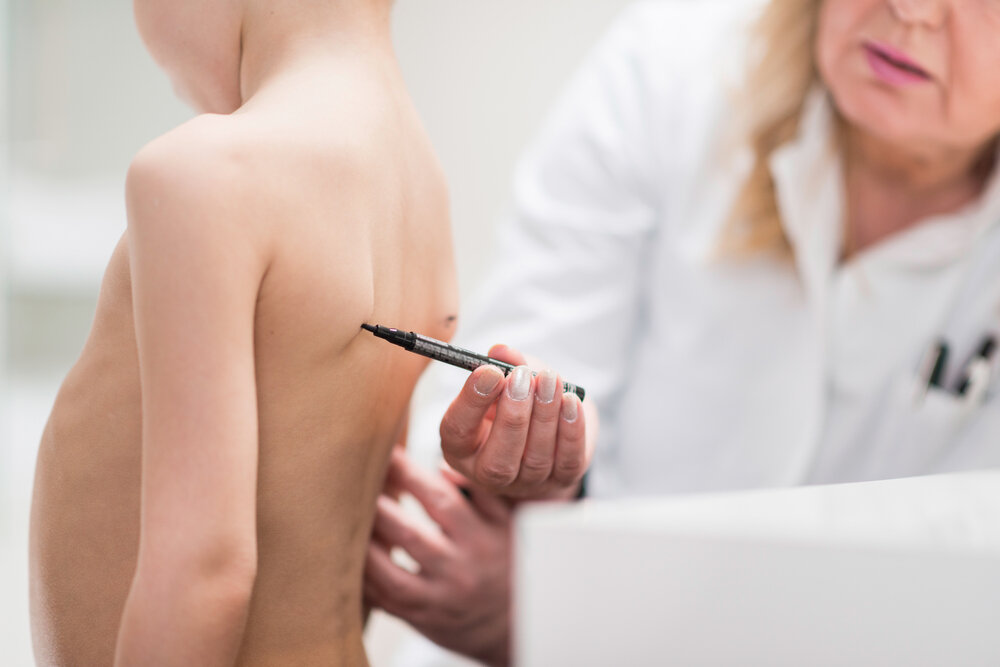It's natural to be concerned and perplexed when your child is identified with adolescent idiopathic scoliosis. Most parents are relieved to learn that advanced treatments are far superior to those used a few decades ago, and that long-term prognosis for children with scoliosis are generally excellent.
The majority of children with scoliosis have such a mild form that no active treatment is required. Even so, selecting what to do about a moderate scoliosis curve (less than 25 degrees) might be difficult. See what treatments a scoliosis specialist recommends.

Options for treatment
Treatment options for children with scoliosis curves that are predicted to have considerable development remaining but are still relatively mild are as follows:
-
Observation - The scoliosis curve of a child is measured every four to six months. No extra therapy is required as long as the curvature does not appear to be rapidly developing. When the curve is smaller than 25 degrees, observation is usually advised.
-
Bracing- There are a variety of braces available, but researches have shown that when worn as prescribed, stiff (not flexible) braces can effectively halt or stop the advancement of scoliosis curves. If the curvature has reached 25 degrees or has progressed more than 5 degrees in less than 6 months, a brace may be recommended.
Wearing a scoliosis brace
Treating an adolescent's minor scoliosis with brace is tough than it seems to hear. A hard brace is typically prescribed to be worn full time, which is defined as 16 or more hours a day. It's true that wearing a brace is unpleasant and uncomfortable, especially at first. It can make it difficult to decide what clothes to wear, and if the brace is visible under clothes or when changing in the locker room, other students are likely to tease or inquire. For these causes, many teenagers either say no to wear a brace or do not use it as frequently as is recommended.
Parents are important here playing a role in assisting their children in wearing the brace as instructed. Listen to your child's concerns and work with the doctor to come up with a realistic plan for wearing the brace every day. Check if the brace can be taken off for particular actions important to the child, such as sports or dance class. Some youngsters may also be candidates for a nightly brace, which only needs to be worn at night.
Visit Neuroscience Specialist for scoliosis specialist. We are experienced in treating mild to severe scoliosis condition among children.
**Disclaimer- Information presented here is not intended to be qualified medical advice. Nothing expressed herein creates a doctor-patient relationship.

